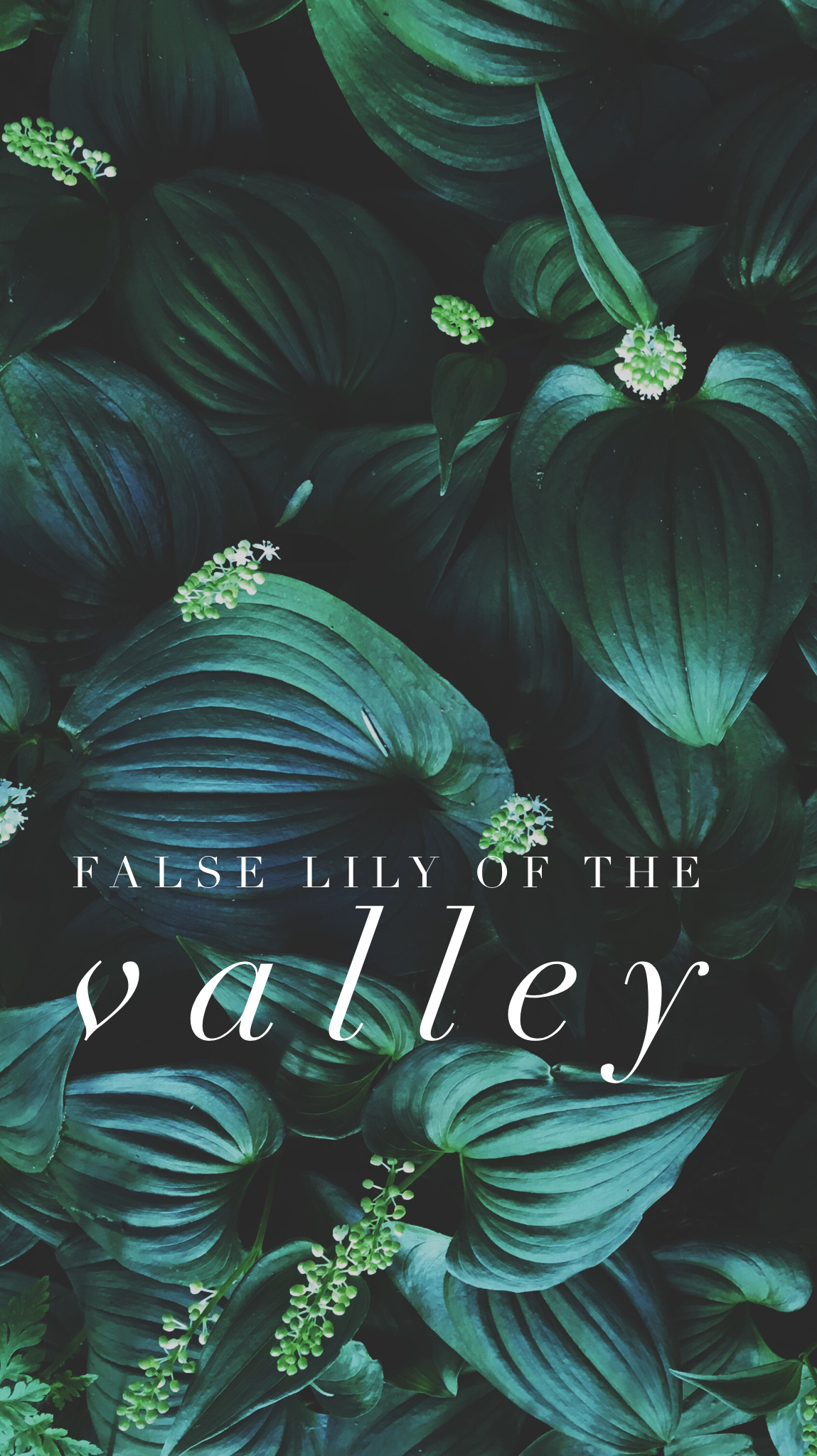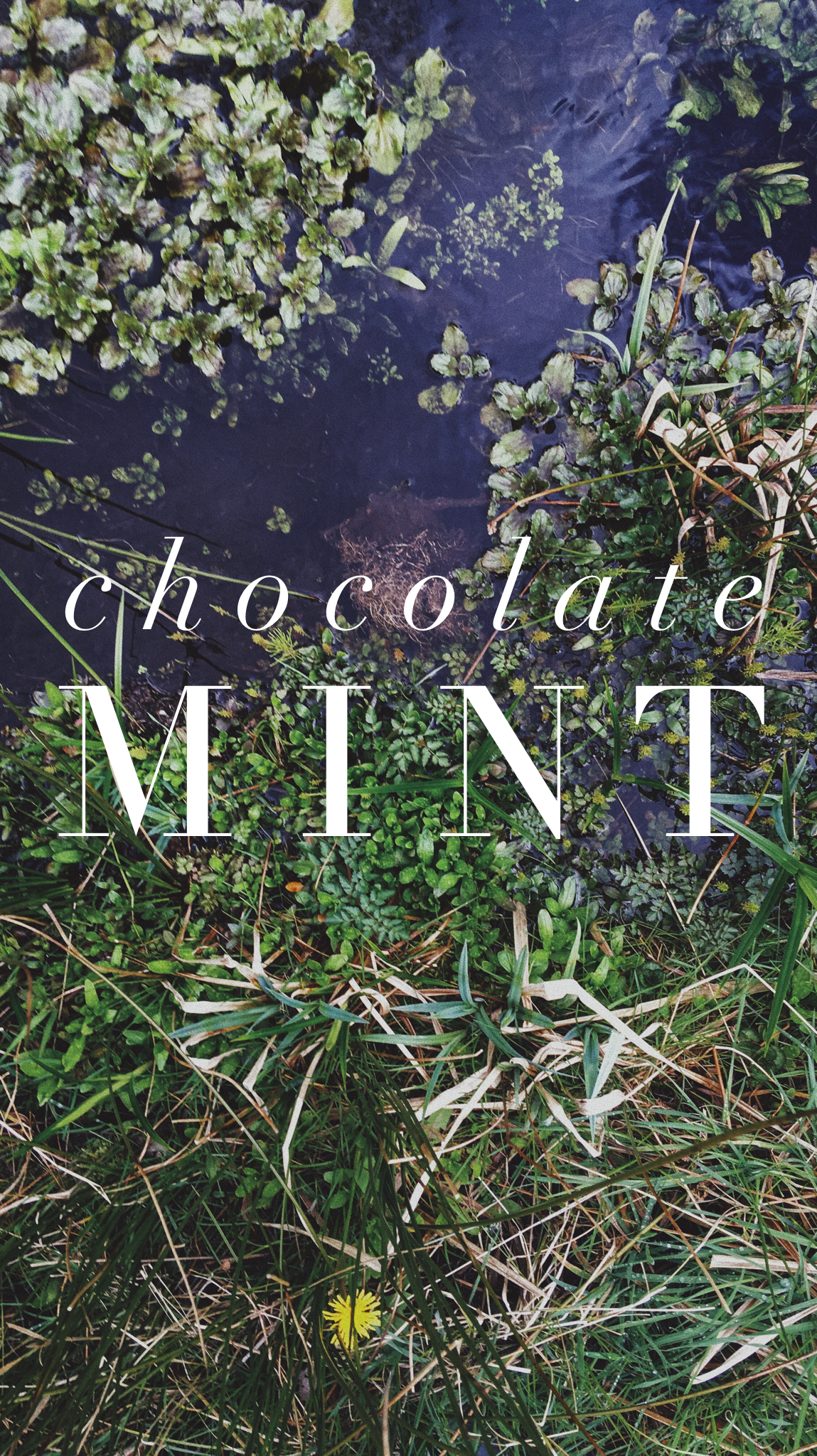We just rolled back into town after a (long overdue) vacation, including skiing and climbing throughout the North Cascades and the Methow. Having recently been discharged from physical therapy for a shoulder repair surgery with a strict recovery lasting 5 1/2 months, I was more than ready to move in the mountains again, and this trip centered around that (I'll be sharing more on the places we went and wildflowers we saw over on my Instagram if you're curious).
The exceptionally warm winter this year coupled with the first signs of wildflowers reminded me that summer is coming on quick, and I wanted to share Spring's wild bounty with you before the season shifts and a host of new plants push their way to the surface.
Spring brings with it many of the most well-known plants to forage- tender greens, fiddlehead ferns, dandelions and the ever-popular stinging nettle. Many more varieties abound, and many of these plants have edible parts beyond common knowledge (including shoots, flowers, and roots). Recently I spoke with Hilary Dahl on the Seattle Urban Farm Company podcast Encyclopedia Botanica about cooking from your garden and Spring crops. I went into more detail on the many edible parts of these plants at their various stages, and the versatility and expanded harvest we can get from remembering this (listen here for the full episode). The same can be said of many wild varieties. Young shoots arrive prior to their fruit, expanding the length of harvest and, often offer a subtler version of their (sometimes intense) final product. Flowers can be found where birds are quick to grab berries, and experiencing a plant at its various stages builds an understanding of its life cycle. Various Native American tribes recognized this expanded life cycle and utilized it heavily.
Below I've pulled out a few of my favorites, along with notes on flavors and culinary uses. Click on the plant name to pull up expanded images and feel free to leave a comment with any questions.
Salmon Berry Shoots & Flowers
Besides the sherbet-hued berry, both the shoots and flowers of the salmonberry plant are edible and quite pleasant to eat. Simply pinch the young shoots where they meet the vine (careful of baby thorns), making sure to leave no less than 40% behind to allow the plant to regenerate. Delicate magenta flowers can be eaten whole and are best pinched along with their leaves to preserve the fragile petals. I used both the shoots and the flowers in a salad recipe in my recent Copper River Salmon & Wild Watercress post, along with more photos of the plant. This is how I most commonly enjoy them, and, being so delicate, I don't really like to cook them myself, though a stir-fry wouldn't hurt, nor would whizzing them into a pesto. Mostly though, I find them beautiful, and I love for the food I eat to resemble itself, so tossing into a pile of spring greens, dressing in a fresh herb vinaigrette and shaving some pecorino over top does it for me.
*I read in Pacific Northwest Foraging the common assumption that Salmonberries are so named for their fish-like hue may not be the true origin. The use of the shoots to cut the oily flavor of salmon by Pacific Northwest Natives lends another theory.
Stinging Nettles
Perhaps the most popular and well-known plant on the list, stinging nettles are familiar to the forager and bare-footed kid alike. Many childhoods are painted with memories of brazenly blazing through thickets, only to find oneself covered in itchy, stinging welts moments later (one of the beauties of not knowing any better is the balls it gives us). This is easily avoided with a pair of garden gloves and a quick boil or blanch before eating. Nettles are extremely versatile and wonderfully delicious. A specialty when restaurants can get their hands on them, they can be enjoyed simply sautéed in a pan with olive oil and sherry and dusted with salt and pepper, woven into a frittata or quiche with asparagus, or folded into homemade pasta.
*An interesting side note, stinging nettles are just one of numerous varieties of the nettle family which can be foraged.
Siberian Miners Lettuce
Siberian Miner's Lettuce is a great wild green to have in your back pocket. It grows en masse and is easily found in the wet, shaded soils of the Pacific Northwest. Different from true Miner's Lettuce, Siberian Miner's Lettuce can be somewhat confusing due to its variation in appearance. Some have wider, squatter leaves that grow lower to the ground with a slightly more "Kelly-Green" appearance and small white flowers, others have stems that reach elegantly up from the ground to support similar white flowers. Light and subtle in flavor, it can easily be worked into many dishes, including salads, scrambles, pestos and as a bed for chicken or fish. I've had it as a garnish over halibut and draped over a piece of foie gras. Use anywhere you would use spinach or arugula and consider subbing in place of endive and butter lettuce as well.
False Lily of the Valley
Not to be confused with true Lily of The Valley, False Lily of The Valley is an edible tender green growing en mass in wet, shady soils. Often confused with wild ginger, the heart-shaped leaves make wonderful bases for salads, are lovely in scrambles, and go just about anywhere spinach or arugula would go (pestos, pizzas, stir fry). They also pair exceptionally well with seafood. Gentle in flavor and texture, I often gather these to balance and mellow out the more domineering flavors of other foraged plants. Since they grow in large quantities, they are dependable when I'm looking to gather some bulk. Later on in summer, strings of small, translucent red berries resembling bog cranberries develop. If left undisturbed the berries will hang onto the plant for months, changing opacity and flavor with time. The seeds are large and I always spit them as I nibble to spread the plant.
Horsetail
Horsetail is a funny looking plant. Understandably, this turns many people off. Oddly enough the first known trees were closely related species of the horsetail, over 100 feet tall! There are two common varieties of Horsetail, often growing side-by-side near creeks or in marshy areas. Giant horsetail, with it's sturdier stem and stripy-pattern, Field Horsetail- a thinner, more delicate version lacking stripes. I find the thin, needle-like leaves quite dialed back and unobtrusive, and enjoy them mixed into a stir fry or sautéed and served with seafood (scallops would be an excellent pairing). Again, they are extremely versatile and I would incorporate them into a baked egg dish, a lively green salad with dried fruit and nuts, or a snappy ceviche in the summer.
Wild Chocolate Mint growing in a stream.
Mint
Many varieties of mint abound across all sorts of environments. Both wild and invasive, it heartily boasts it's way to the front of the pack, choking out neighboring plants. Varieties such as peppermint, lemon balm and chocolate spring to life, calling for iced teas, Moroccan dishes, and desserts. The variety and abundance of mint means plenty of room for experimentation in the kitchen. I love to muddle some peppermint into a virgin Blackberry Mojito (a recipe from the Forage issue a few years back), and keep a pitcher of Lemon-Balm iced tea in my fridge in the dog days of summer. Chocolate mint is a fun flavor and inspires interesting combinations (Chocolate Mint Vanilla Ice Cream with Rhubarb Compote, Double-Chocolate Minted Fudge Cake). It's an easy one to spot and to apply. Just watch out for your compost if you don't want to turn your yard into a mint factory!
There are many more varieties ready for harvest in the spring months (information on foraging spring watercress here). I encourage you to spend some time, foraging book in hand, strolling around without agenda and see what you come up with.
Cheers,
Shannon







